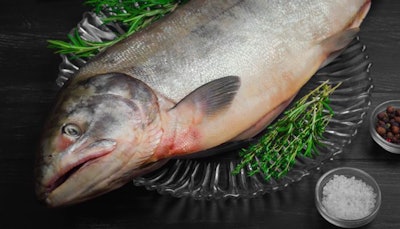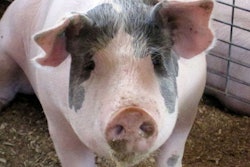
In Ecuador, fishing and canning company Eurofish is preparing to move into the pet food market after serving the human food market since the 1990s, reported Undercurrent News. Eurofish has invested US$4 million into a pet food facility. The plant will become operational later this year according to Olmedo Zambrano, the facility’s general manager.
Eurofish is based in Manta, Ecuador along the central coast. Although its focus has predominantly been tuna, the company recently opened a facility for processing smaller fish, like sardine and mackerel, and purchased two boats to harvest the fish, according to the report. Eurofish processes 45,000 metric tons per year of tuna. That’s 190 metric tons per day of tuna, along with 10 to 20 tons of smaller fish.
Eurofish sells mainly to the European human food market, offering canned tuna and cooked pieces of fish to be canned later. However Eurofish expanded its sales in Latin America last in 2017 to 15 percent of the total, with plans to grow more in Chile, Argentina and Brazil.
Latin American pet food market growth potential
Latin America’s pet food market possibilities are a mixed bag of late-stage developing market numbers, but has significant future potential as pet ownership and disposable income both become more prevalent in the region, reported Petfood Industry in December 2017.
With a 6 percent compound annual growth rate (CAGR) for the pet food market between 2011 and 2016, according to a Euromonitor International global trends report presented at Global Pet Expo 2017, Latin America comes out on top in terms of developing regions to keep an eye on. In fact, according to Euromonitor, the area has the highest CAGR of all regions (Middle East/Africa comes in second, at 5 percent) when it comes to pet food, and the second-highest CAGR (7 percent, topped only by Australasia’s 8 percent) for other pet products between 2011–2016.
The obvious answer to this growth is that something else is growing, too: Latin America’s middle class. In 2006, the percentage of Mexico households with disposable income above US$25,000 sat at roughly 55 percent, according to Euromonitor. By 2016, that number had grown to roughly 63 percent. Brazil, Argentina, Chile, Venezuela — each of these countries had less than 50 percent of their households reporting disposable income above US$25,000 in 2006, but today at least half (and mostly more than half) of their households have extra money to spend.


















